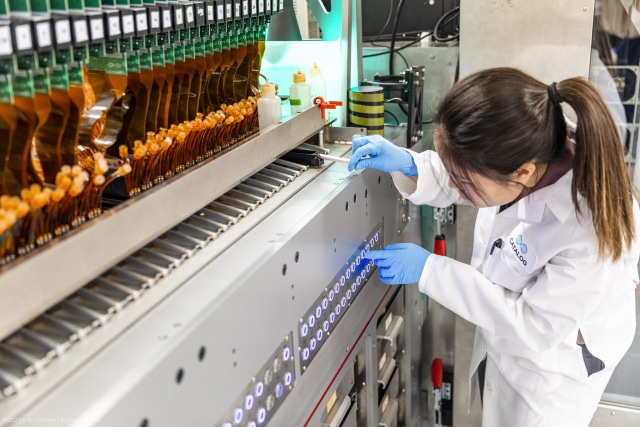DNA-based chemical computing could revolutionize the IT industry

As volumes of data grow the resources needed to handle the associated computing and storage requirements are coming under increasing scrutiny, particularly in regard to their energy usage.
But maybe there's another way of doing things. Boston-based CATALOG is a leader in DNA-based digital data storage and has just secured $35 million in funding to progress the development of a computing platform where both data management and computation occur through the manipulation of synthetic DNA.
Chemical-based DNA computing systems offer 'air-gapped' protection, are immune to traditional electronic security vulnerabilities, have a low physical footprint and consume little -- and in some cases zero -- energy for storage and data manipulation.
CATALOG's proprietary data encoding scheme and novel approach to automation seeks to unlock the means to incorporate DNA into algorithms and applications with potential widespread commercial use. Expected areas of application are artificial intelligence, machine learning, data analytics, and secure computing. In addition, initial use cases are expected to include fraud detection in financial services, image processing for defect discovery in manufacturing, and digital signal processing in the energy sector.
"Simply preserving data in DNA is not our end goal," said Hyunjun Park, founding CEO of CATALOG. "CATALOG will fundamentally change the economics of data by enabling enterprises to analyze and generate business value securely from data that previously would have been thrown away or archived in cold storage. The possibility of a highly scalable, low energy, and potentially portable DNA computing platform is within our reach."
CATALOG's first DNA writer, Shannon, (pictured above) is named in honor of the father of information theory, Claude Shannon. It's capable of hundreds of thousands of chemical reactions per second. At the moment it only provides storage, but future versions of CATALOG's automated DNA-based data platform will introduce computational capabilities. This will be the first commercially viable and automated DNA storage and computation platform for enterprise use.
Image credit: CATALOG
